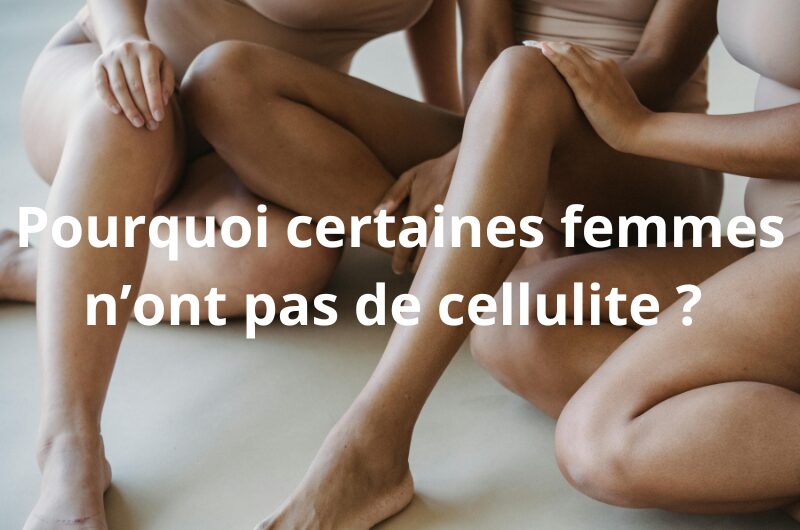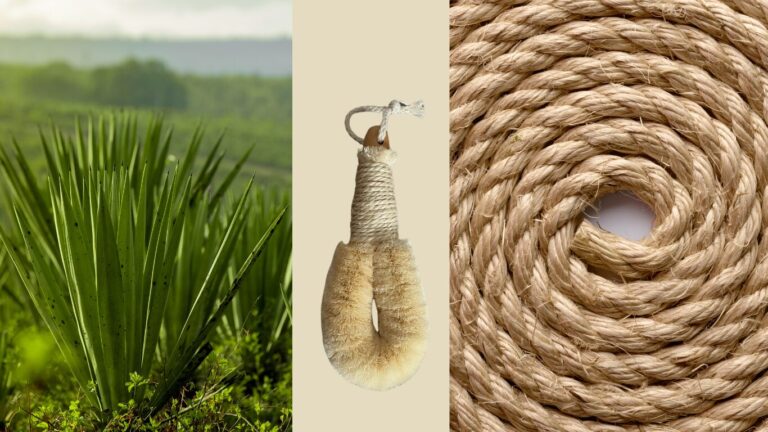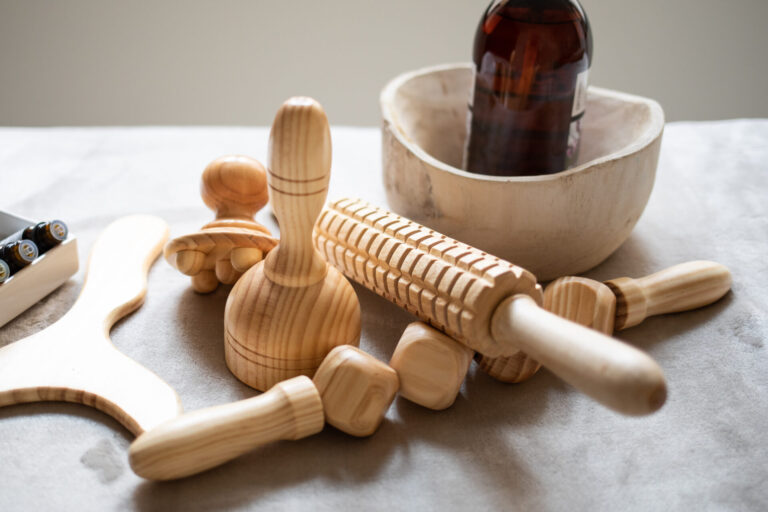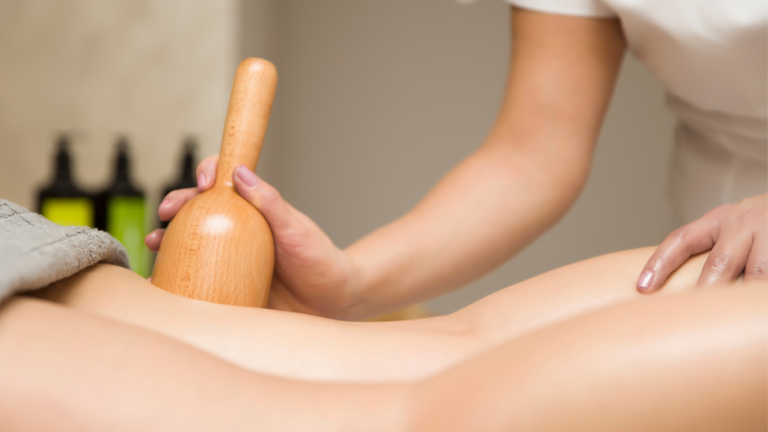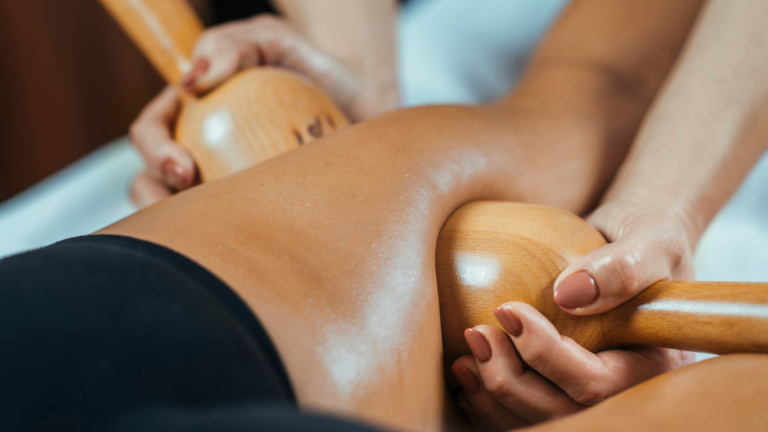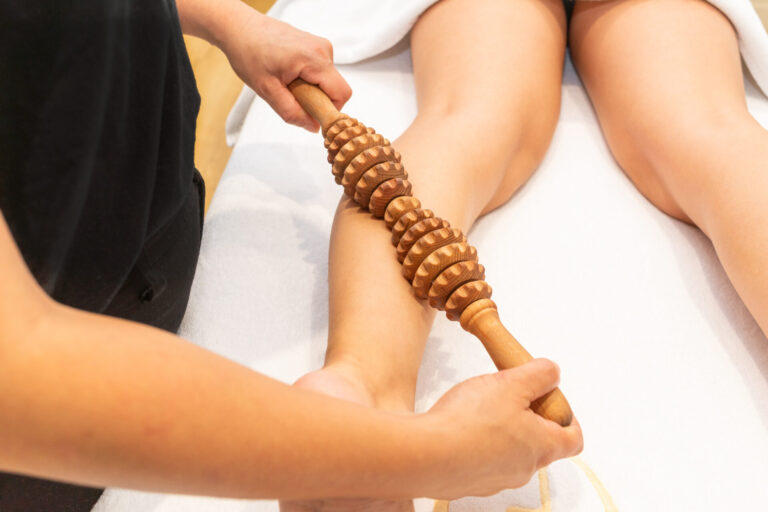Cellulite: why do some women not have cellulite? Ethnic, genetic and cultural deciphering
Cellulite, also known as superficial lipodystrophy, affects more than 85 % of women after pubertyregardless of their weight or morphology. However, its appearance differs significantly from one continent to another. These variations can be explained by a complex combination of genetic, structural, dietary and cultural factors. Find out in this article why some women don't have cellulite, both ethnically and culturally.
The basics: genetics, collagen and fat distribution
It is essential to understand that the differences observed do not derive from biological hierarchies but from natural diversity in :
- La density and orientation of connective tissue (collagen).
- La amount of subcutaneous fat and its distribution.
- Le basic metabolism influenced by genetic inheritance.
- Le lifestyleincluding diet, physical activity and oxidative stress.
Analysis by major geographical areas and ethnic origins
🇪🇺 Women of Europe (France, Italy, Germany...)
- High frequency cellulite, particularly on the hips, thighs and buttocks.
- More skin fine and clearmaking dimpled skin more visible.
- Connective tissue often vertically orientedmaking fat pockets easier.
- Diet rich in fast carbohydrates and processed products.
- Lifestyle generally more sedentary in major cities.
🇨🇳🇰🇷 Women from East Asia (China, Japan, Korea...)
We often wonder why Asians don't have celluliteThese populations are less affected by visible cellulite because :
- Less affected visible cellulite.
- Less than subcutaneous fat.
- Connective tissue denser and crossedproviding greater resistance.
- Traditional food rich in vegetables, green tea and soya, and low in sugar.
- Regular, gentle activities (walking, tai chi, yoga) help the body to relax. natural drainage.
🌍 African and Afro-descendant women
- Body fat sometimes higherbut less visible cellulite.
- More skin thick and rich in melaninreducing visibility.
- Skin elasticity naturally better.
- Distribution of fat often more homogeneousparticularly on the hips.
🇧🇷 Women from Latin America (Brazil, Colombia...)
- Moderate to high presence, similar to the European elections.
- Strong culture of body care Lymphatic drainage, remodelling massages, sports and medical aesthetics.
- Cellulite is sometimes better contained thanks to these well-established practices.
🕌 Middle East and India
- Cellulite present at varying levels.
- Diet rich in starches, oils and fried products in certain regions.
- Warm climate may encourage water retention without sufficient hydration.
- Physically active women tend to less cellulite.
Summary table
| Region / Origin | Frequency of cellulite | Visibility | Main factors |
|---|---|---|---|
| Europe (France, Italy, Germany) | High | Strong | Thin skin, vertical tissue, food |
| East Asia (China, Japan, Korea) | Low to moderate | Low | Less fat, denser tissue |
| Africa & afro-descendants | Average | Low | Thick skin, good elasticity |
| South America (Brazil, etc.) | Medium to high | Average | Frequent body care, activity |
| Middle East / India | Average | Medium to high | A sedentary lifestyle, diet |
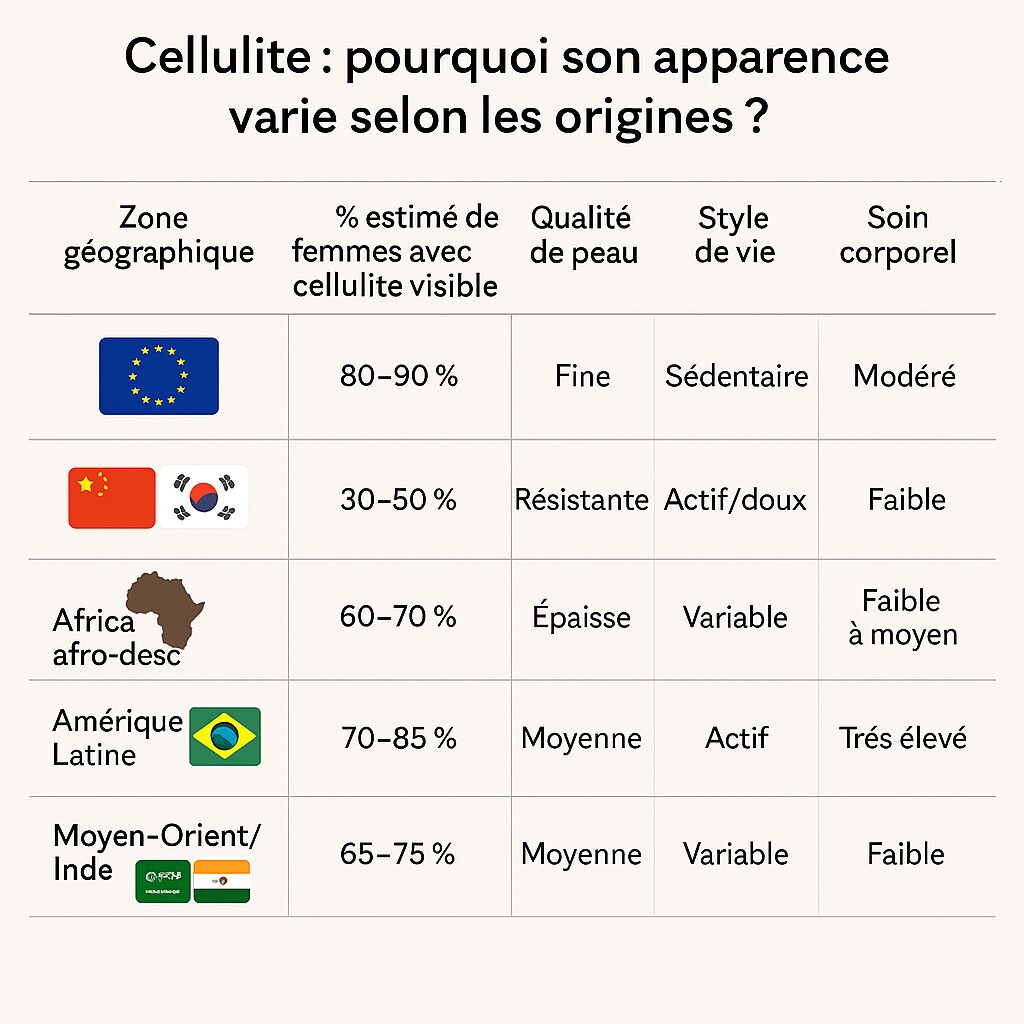
In Latin America*, although the percentage of women with cellulite is relatively high, the strong culture of body care helps to limit its appearance. Women there regularly adopt beauty rituals to treat cellulite. Among the most popular methods are :
- La Wood therapy A technique using wooden tools to stimulate circulation, drain tissues and break down the fatty deposits responsible for cellulite.
- Manual lymph drainage Used to improve circulation and eliminate toxins.
- Mechanical or manual palpating and rolling Stimulates the skin and subcutaneous tissue to smooth away dimpled skin.
- Anti-cellulite creams with caffeine, retinol or algae : widely used as a complement.
- Targeted sports (thighs/buttocks/abdomen) and a controlled diet are also part of the routine.
EScientific studies on cellulite and ethnic differences
- Avram MM. (2004)
Cellulite: a review of its physiology and treatment.
📖 Read here
Summary: Presents the structure of connective tissue and the most common aesthetic treatments. - Rossi ABR & Vergnanini AL. (2000)
Cellulite: a review.
📖 Read here
Summary: Exploration of causes and treatments, with mention of inter-ethnic differences. - Allen Gabriel, Vivian Chan, Marissa Caldarella, Tanya Wayne, Erin O'Rorke – (2023)
Ethnic Considerations in the Treatment of Cellulite.
📖 Read here
Summary: Recent scientific explanation of cellulite and possible treatments
In conclusion
Cellulite is universalbut its appearance is shaped by theDNAthe way of life and the culture. Rather than fighting it at all costs, it's better to understand it, tame it and support it according to its unique morphological profile. In this caring approach, the essential can be a precious ally: it stimulates circulation, helps drainage and tones the skin, while respecting the body as it is.

